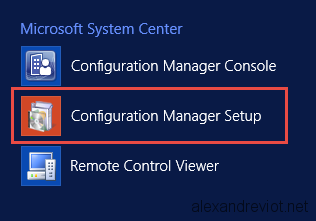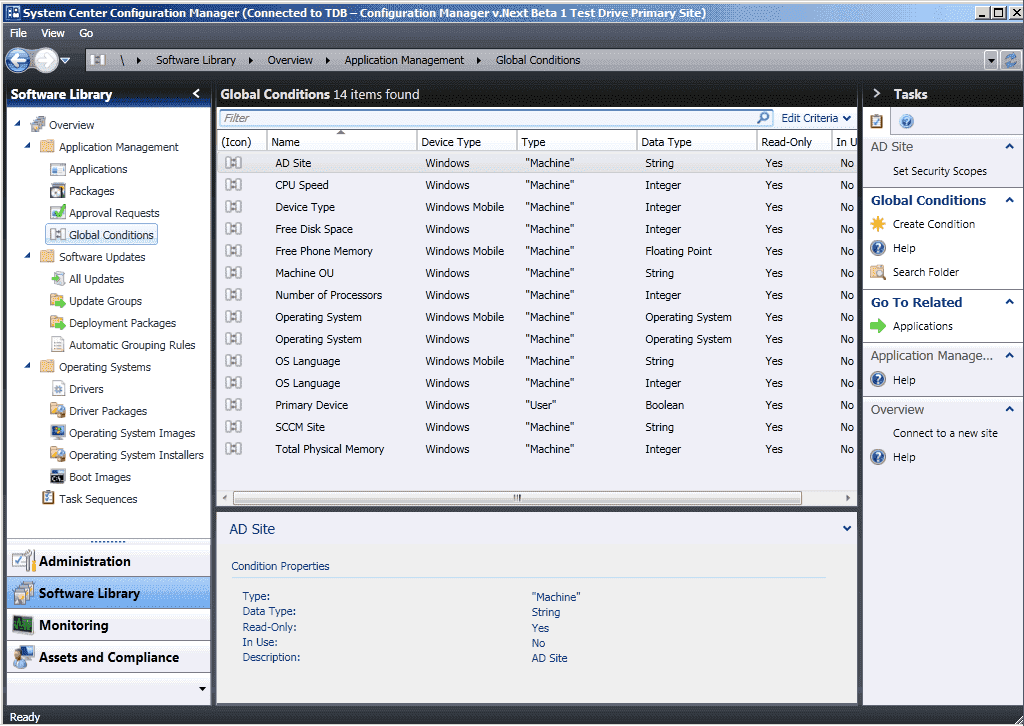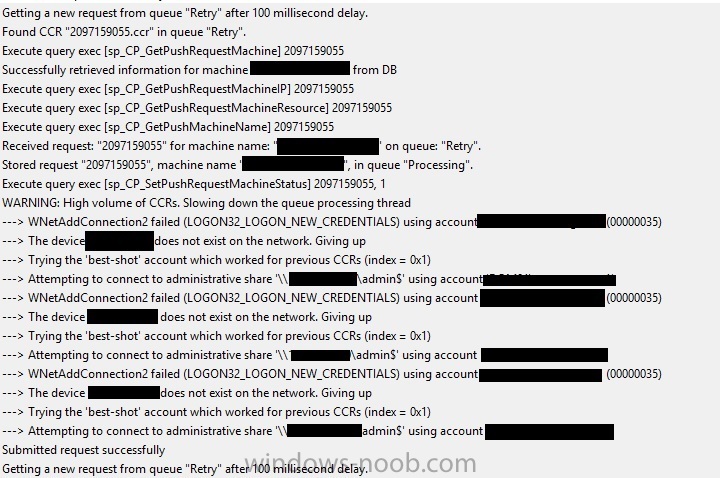

It existed prior to a time when device management became necessary in the cloud. Microsoft’s Configuration Manager (SCCM) is the Microsoft’s legacy tool to manage Windows devices. In-depth endpoint analytics including compliance and usage reporting Management of “mobile” devices (macOS, iOS, iPadOS, Windows 10/11, Windows 365, Android), virtual machines, desktop and laptop computers Security of enterprise data in the cloud and on-premises The result is a technology that makes modern device management possible for on-premises, hybrid, and remote workers – all from a single pane of glass.Įndpoint Manager operates to achieve the following:

In addition to bringing together these two technologies, Endpoint Manager also integrates with tools like Windows Autopilot, Azure AD and Microsoft Defender – all to bolster security and create an improved experience for end-users and administrators. Endpoint Manager is an umbrella technology that houses both Microsoft Intune and Microsoft’s Configuration Manager (SCCM). It is the most modern tool for device management. Microsoft’s Endpoint Manager (now absorbed by the Intune umbrella) is what makes UEM possible. Interestingly, UEM was not possible until Windows effectively became a mobile operating system, which happened with Windows 10.

Simply put, Unified Endpoint Management is the idea that all enterprise devices, whether they be Windows, MacOS, iOS or Android, can be viewed and managed all within the same portal.

However, at its core, it is a fairly simple construct to understand. UEM is a concept that often gets conflated with others such as MDM (mobile device management) and EMM (Enterprise Mobility Management). The commonality between most MDM (mobile device management) tools is that each attempts to achieve Unified Endpoint Management (UEM). In this article, we’ll examine how device management challenges are addressed with Microsoft tools, both legacy and modern. Much has shifted in recent years in the world of endpoint management and there are specific tools designed to address the unique scenarios now associated with modern work. Distinguishing the pros and cons of each tool can be a challenge. Over the years, Microsoft has released several iterations of technology aimed at streamlining the security and management of enterprise endpoints.


 0 kommentar(er)
0 kommentar(er)
